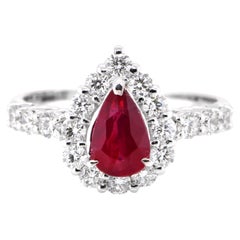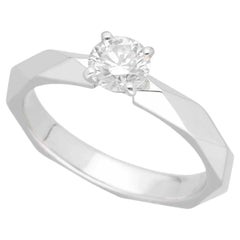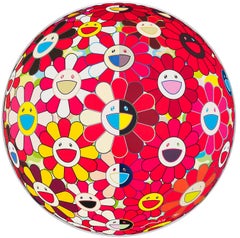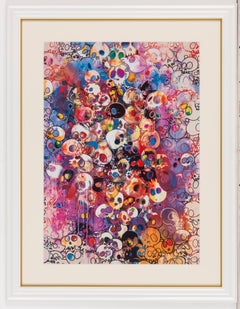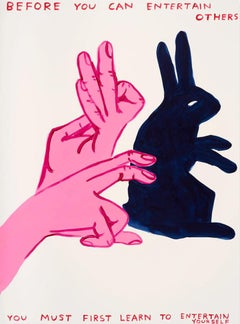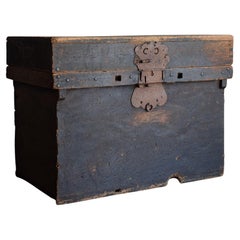Japan
21st Century and Contemporary Japanese Modern Japan
Diamond, Ruby, Platinum
2010s French Japan
Diamond, 18k Gold, White Gold
2010s Pop Art Japan
Offset
2010s Pop Art Japan
Offset
2010s Japan
Screen
Late 19th Century Japanese Meiji Antique Japan
Wood
Late 20th Century French Japan
Lapis Lazuli, Yellow Gold, 18k Gold
Mid-20th Century Japanese Showa Japan
Cedar
2010s Japanese Organic Modern Japan
Canvas, Thread, Straw
21st Century and Contemporary Japanese Japan
Ceramic
21st Century and Contemporary Japanese Japan
Porcelain
15th Century and Earlier Japanese Other Antique Japan
Pottery
1980s Italian Post-Modern Vintage Japan
Steel
2010s Turkish Kilim Japan
Natural Fiber, Organic Material
1980s Italian Post-Modern Vintage Japan
Steel
2010s Japanese Tribal Japan
Wood
2010s Turkish Kilim Japan
Natural Fiber, Organic Material
2010s Japanese Tribal Japan
Wood
21st Century and Contemporary Japanese Modern Japan
Diamond, Sapphire, Blue Sapphire, Platinum
2010s Japanese Artisan Japan
Brass
2010s Japanese Tribal Japan
Wood, Paper
15th Century and Earlier Japanese Other Antique Japan
Pottery
2010s Turkish Kilim Japan
Natural Fiber, Organic Material
Late 20th Century Moldovan Kilim Japan
Wool, Natural Fiber
Late 20th Century Japanese Japan
Fabric, Wood
2010s Turkish Kilim Japan
Wool, Cotton, Natural Fiber
21st Century and Contemporary Turkish Revival Japan
Wool, Natural Fiber, Organic Material
Late 20th Century Turkish Kilim Japan
Natural Fiber, Wool
20th Century Japanese Showa Japan
Wood
21st Century and Contemporary Japanese Modern Japan
Peridot, Diamond, Yellow Gold, 18k Gold, Gold
21st Century and Contemporary Turkish Revival Japan
Wool, Natural Fiber, Organic Material
Late 19th Century Japanese Meiji Antique Japan
Bamboo
21st Century and Contemporary Turkish Revival Japan
Wool, Natural Fiber, Organic Material
15th Century and Earlier Japanese Other Antique Japan
Pottery
Mid-20th Century Japanese Showa Japan
Pottery
Early 20th Century Taisho Japan
Wood
Mid-20th Century Turkish Oushak Japan
Wool, Natural Fiber
1950s Vintage Japan
Teak
21st Century and Contemporary Japanese Modern Japan
Ruby, Diamond, Yellow Gold, 18k Gold, Platinum
Mid-20th Century Turkish Kilim Japan
Wool, Natural Fiber
2010s French Japan
Diamond, Platinum
Early 20th Century Meiji Japan
Wood
21st Century and Contemporary Japanese Modern Japan
Diamond, Ruby, Platinum
1980s Swedish Scandinavian Modern Vintage Japan
Ceramic
21st Century and Contemporary Japanese Modern Japan
Diamond, Pink Sapphire, Platinum
Early 20th Century Japanese Meiji Japan
Wood
20th Century Japanese Showa Japan
Wood
2010s Turkish Kilim Japan
Natural Fiber, Organic Material
1970s French Mid-Century Modern Vintage Japan
Bamboo
2010s Japanese Modern Japan
Linen
19th Century Japanese Antique Japan
Linen
2010s Abstract Impressionist Japan
Offset
2010s Japanese Primitive Japan
Wood
Early 20th Century Japanese Japan
Wood
Early 2000s Pop Art Japan
Offset
Mid-20th Century Turkmen Oushak Japan
Wool, Natural Fiber
20th Century Japanese Showa Japan
Bronze
21st Century and Contemporary Turkish Revival Japan
Wool, Natural Fiber, Organic Material
21st Century and Contemporary Japanese Modern Japan
Emerald, Diamond, 18k Gold, Gold
19th Century Japanese Edo Antique Japan
Wood
